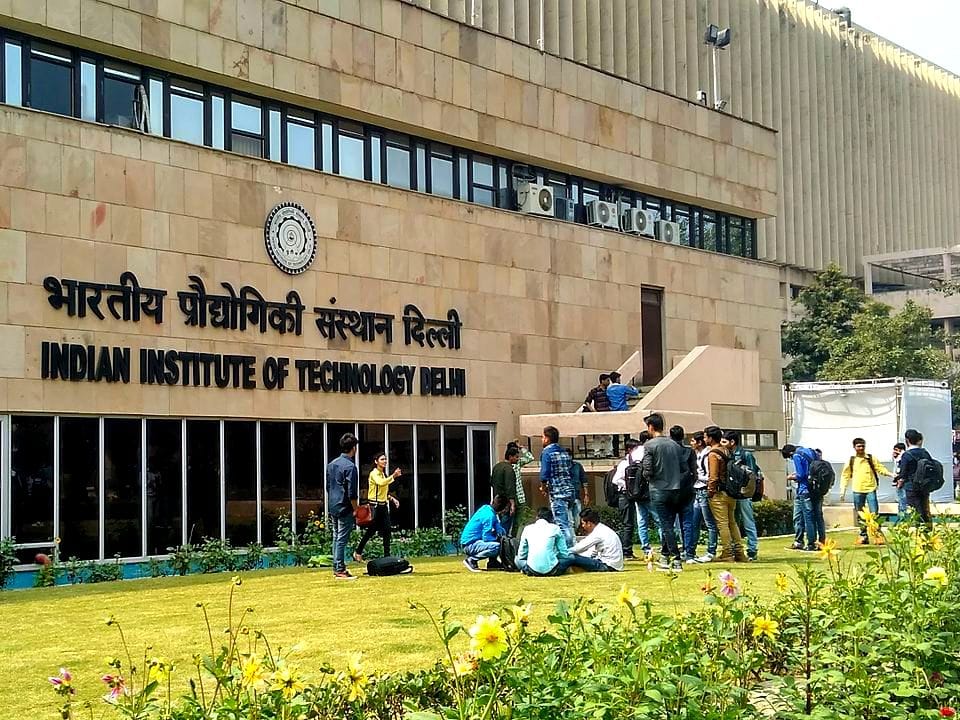The Indian government, as part of its Study in India program, is promising to waive or give discounts on the fees to foreign students. The government will also expedite visas for students in 30 countries in Middle East, Africa, Asia and Eastern Europe where the program will be marketed.
The program will be marketed in countries with which India has warm diplomatic relations. Some of these nations include Nepal, Saudi Arabia, Kuwait, Egypt, Iran, United Arab Emirates and Rwanda. About 55 per cent of the 15,000 seats offered in the first year, beginning in the academic year 2018-19, will be eligible for partial or complete fee waivers. The waiver is intended to increase the country’s soft power and its international standing, The New Indian Express reported.
During the launch of the program on April 19, the Indian External Affairs minister Sushma Swaraj invoked the ancient Indian universities of Nalanda and Takshila, that had attracted scholars from around the world.
“The quest for knowledge has always been fundamental to India’s culture and civilization,” said Swaraj The Indian Express reported. “We can rightly say that India is one of the very few places in the world where ancient traditions and modernity coexist in harmony,” she added. The budget for two years is Rs 150 crores for the program.
The first academic year of the program begins this autumn with about 15,000 seats across 160 public and private educational institutions that will be set aside for foreign students. The government’s target is to get this figure to 200,000 by 2023.
It isn’t clear whether the seats would be taken from the institution’s existing capacity or whether they would be added. As of now, India hosts about 45,000 international students which is just 1 per cent of the world’s population of students who move overseas for higher education, The National Post reported. As per the government statistics, India has around 40,000 colleges and 800 full-fledged universities.
“We observed that the number of students coming to India for higher studies had become stagnant and more students were going to countries like Singapore and Australia,” Prakash Javadekar, the minister for human resource development said, reported Times of India.
Meeta Sengupta, founder of the Centre for Education Strategy, a think tank in New Delhi, said that Study for India was a “win-win” proposition for students from many of the emerging economies, whose higher-education needs “are not met by traditional first-world systems”, as per The National.
Sengupta pointed out that the fees in the western universities is too high, visas are often difficult to obtain, and the admission process is too competitive–issues they won’t face in India. Since 2014, India has gotten roughly 130 universities and 3,000 colleges — private as well as state-funded.
In March, the Indian government decided to launch brand promotional activities on a large scale in a bid to attract foreign students to study in the country, the parliament was told on March 23. “The Government has approved an expenditure of Rs 150 crore for the ‘Study in India’ program for two years 2018-19 and 2019-20 which will be primarily for brand promotion activities,” said Minister of State for Human Resources Development Satya Pal Singh in a written reply in the Lok Sabha.
